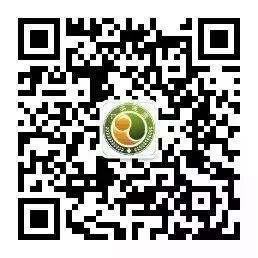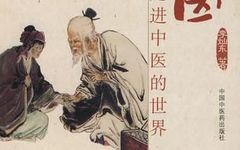Click the “blue” to follow
Spring is here
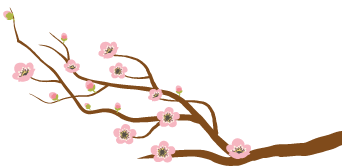
Commentary
As the spectrum of modern diseases quietly changes, the medical model also shifts. In the face of complex diseases and the increasing health demands of the public, more and more people are turning their hopeful eyes back to traditional medicine. “The people expect Traditional Chinese Medicine (TCM), and the public calls for TCM! How can we return to the essence of TCM? In today’s context where our national treasure faces new opportunities and challenges, as students of Qi Huang, we are in TCM, but more importantly, our hearts are in TCM!” Professor Li Candong, President of Fujian University of Traditional Chinese Medicine, will answer the question, “What exactly is TCM? How do we return to the essence of TCM?”

“In TCM”

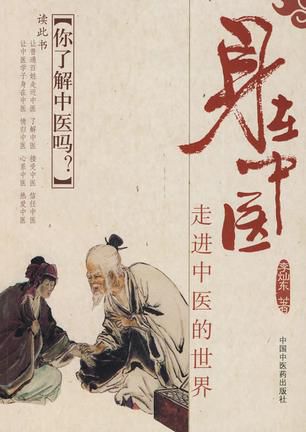
One
Person
Holding
the
Thoughts
of
TCM
Understanding through Touch is Called Skill
Correctly Evaluating the Clinical Significance of Pulse Diagnosis
As long as one feels the pulse, they believe they can know the disease; some even regard this as a sign of superb medical skills. Strictly speaking, this practice is not worth advocating.

Pulse diagnosis is a distinctive diagnostic method in TCM and an important component of palpation diagnosis. TCM believes that “understanding through touch is called skill,” indicating that palpation is a technique and a supplement. Therefore, only when a physician masters this technique to a certain level can the true role of palpation be realized.
Some people treat palpation as a mere formality, yet they do not even follow the basic methods of palpation. It is easy to imagine that pulse diagnosis is a method that requires both skill and intuition; if the method is not standardized, then the results of pulse diagnosis are naturally meaningless.
For example, the pulse pillow is a small cushion placed under the patient’s wrist during pulse diagnosis. The position of the pulse pillow is crucial; if it is placed too far forward, the pulse will feel deep, and if placed too far back, the pulse will feel superficial. The reasons for this are easy to understand. Therefore, if one does not pay attention to the position of the pulse pillow, the diagnosed floating or deep pulse becomes meaningless.
Since ancient times, there has been a saying that some TCM practitioners can know any disease just by feeling the pulse, which often becomes a test for patients to judge the physician’s skill level.
Strictly speaking, this practice of “diagnosing by pulse” is not worth advocating. However, it must be noted that even “diagnosing by pulse” is based on a solid understanding of the theory and methods of pulse diagnosis.
In the tenth chapter of “Dream of the Red Chamber,” the pulse case described is quite brilliant: “The doctor said: ‘Looking at the pulse of the esteemed lady: the left cun is deep and rapid, the left guan is deep and floating; the right cun is thin and weak, the right guan is empty and without spirit. The left cun being deep and rapid indicates a deficiency of liver blood and stagnation of qi. The right cun being thin and weak indicates a deficiency of lung qi; the right guan being empty and without spirit indicates that the spleen is being restrained by the liver wood. The heart qi is deficient and generates heat, which should manifest as irregular menstrual periods and insomnia at night. The deficiency of liver blood and stagnation of qi will inevitably lead to pain and distension under the ribs, delayed menstruation, and heat in the heart. The deficiency of lung qi will lead to dizziness at times, and during the hours of Yin and Mao, there will be spontaneous sweating, as if sitting in a boat. The spleen being restrained by the liver will lead to a lack of appetite, fatigue, and weakness in the limbs. In my view, this pulse should correspond to these symptoms. If this pulse is considered a favorable pulse, then I dare not follow that teaching.'”

Additionally, there is the concept of “suspending thread pulse diagnosis.”
In ancient times, due to the etiquette of not having close contact between men and women, women, especially young girls, could not undergo a full examination of “observation, listening, inquiry, and palpation” when seeking medical attention. Particularly, when the imperial physician treated the emperor’s concubines, they could not even enter the bedroom. They relied on eunuchs and palace maids to describe the illness, or they used “suspending thread pulse diagnosis.”
The specific method involved the concubine and the imperial physician being in separate rooms, with a red thread tied to the concubine’s wrist, the other end given to the physician to feel the pulse through the thread’s pulsation to determine the illness. Is there any truth to this? Mr. Shi Jinmo, one of the four famous doctors in Beijing in the 20th century, had a relatively objective view: “Suspending thread pulse diagnosis is both true and false. ‘True’ means there is indeed such a practice, ‘false’ means it is purely a formality.”
It is said that Sun Simiao also used this method to treat Empress Zhangsun. The eunuchs first tested him by tying the thread to the roots of wintergreen, the feet of a bronze tripod, and the legs of a parrot, but he saw through it all and finally had the thread tied to the empress’s wrist. Sun Simiao diagnosed the pulse and knew it was a case of obstructed labor, so he prescribed a remedy, and the empress gave birth smoothly after taking it.
Afterward, colleagues asked him about his secret, and Sun Simiao smiled and did not answer—actually, all he needed to do was inquire in detail about the illness from those around the empress, and he could be confident without relying on the thread.
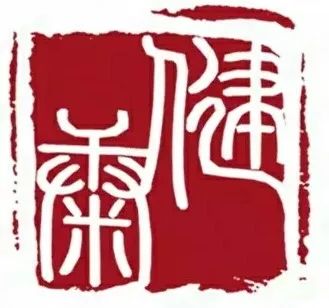
Some may say, “Knowing a hundred diseases through pulse diagnosis is deceiving people!” This question is not surprising. It is said that Bian Que was a master of pulse studies, and the method of “taking the cun only” originated from his “Nanjing.” What is “taking the cun only”? We now see that TCM pulse diagnosis only examines the wrist’s posterior part, namely the “cun.” The method of “taking the cun only” began with Bian Que.
However, the “Records of the Grand Historian: Biographies of Bian Que and Cang Gong” records that Bian Que, after using the water from the upper pool and taking the medicine from Chang Sangjun, gained secret transmission and thus had the “X-ray vision” ability to see through walls and observe the internal organs, “diagnosing by pulse was merely a name,” indicating that Sima Qian also expressed skepticism about Bian Que’s pulse diagnosis technique, considering it a mere formality.
In the Qing Dynasty, Wang Ji in “Pulse Diagnosis Errors” clearly pointed out: “Thus, the ancients treated diseases not solely by pulse, but also by examining symptoms, which is reasonable. Yet, how can the world not understand this? Often, patients have illnesses they do not mention, relying solely on pulse diagnosis to test the physician’s ability. If the diagnosis happens to be correct, they regard the physician as good, entrusting their hearts and relying on them, while knowing nothing about the root of the illness or the appropriateness of the medicine. They merely follow the physician’s orders, leading to death without realizing it, which is truly tragic.” Similar statements abound, indicating that the significance of pulse diagnosis has always been controversial.
However, have we ever thought that if it were merely a trick, how could it have lasted for thousands of years? Why hasn’t it been eliminated like witchcraft? Many physicians throughout history have been masters of pulse studies, especially in the diagnosis or differentiation of difficult diseases, where pulse signs often play an important role.
As the “Inner Canon” states: “Deciding life and death, treating a hundred diseases.” It is evident that correctly evaluating the clinical significance of pulse diagnosis is very important.
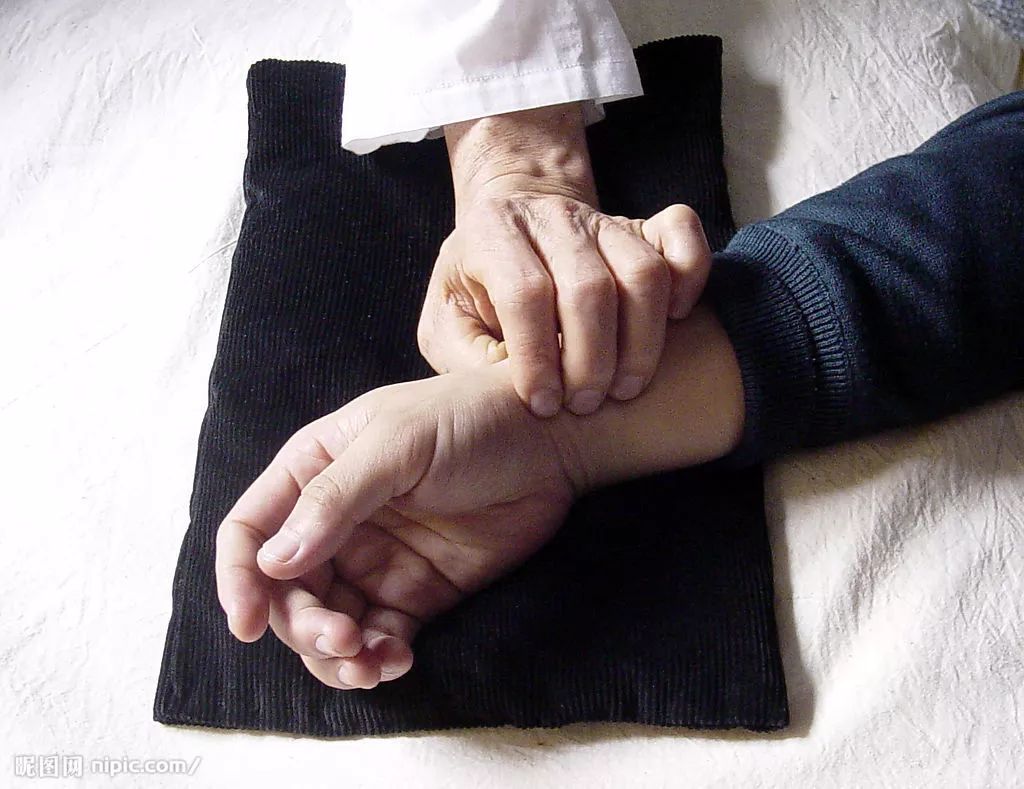






– To be continued –

WeChat ID: guoyiboshi
WeChat Editor: QQ Star
WeChat Guidance: Schisandra (Wu Wei Zi)
